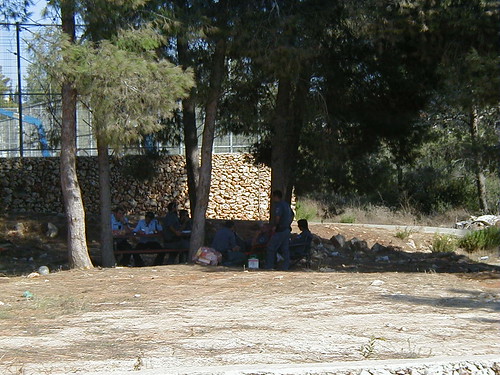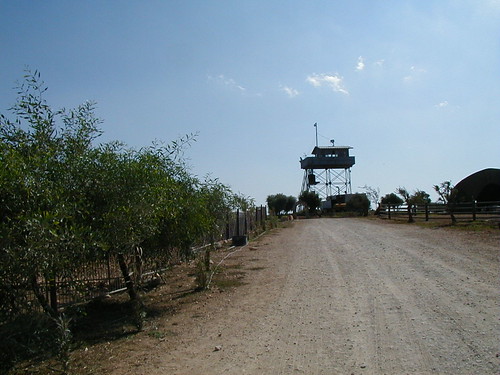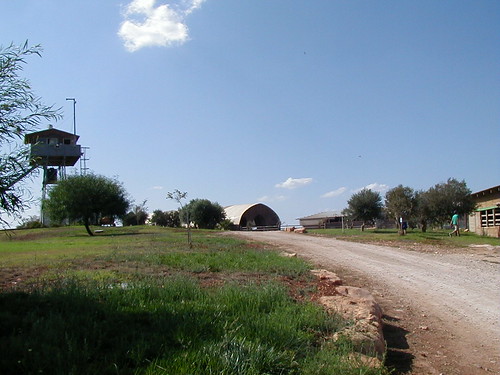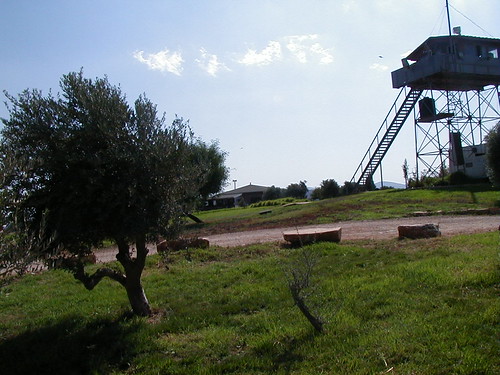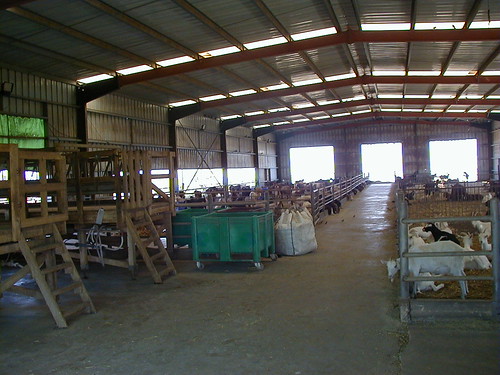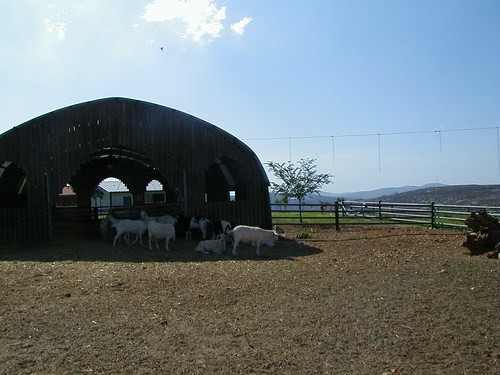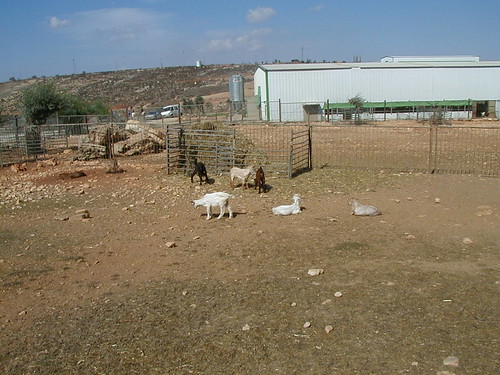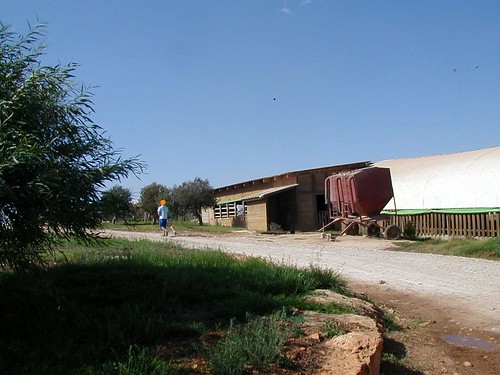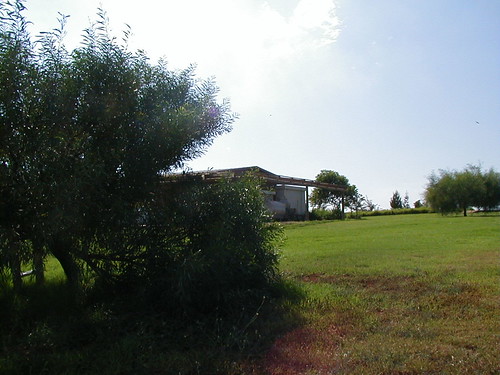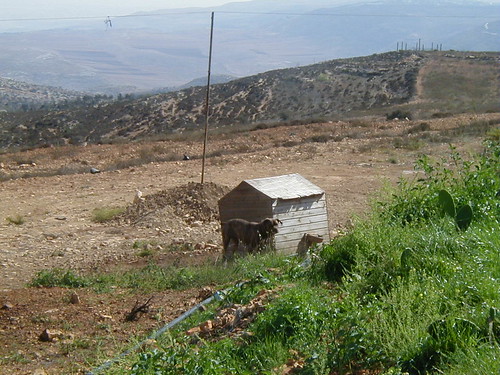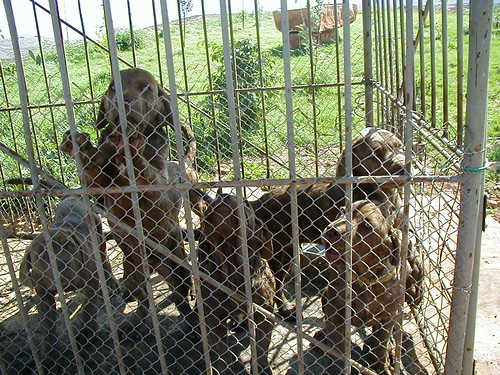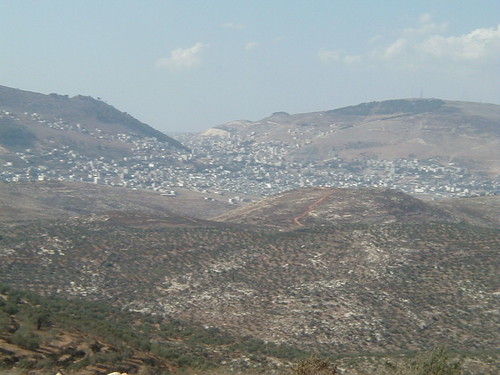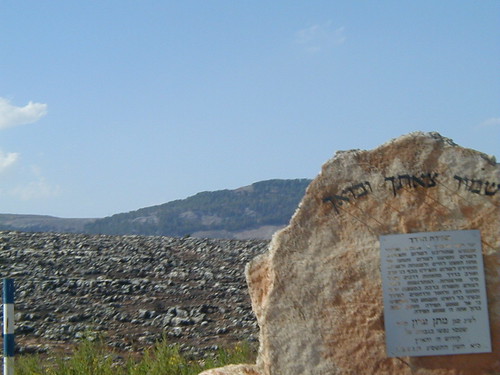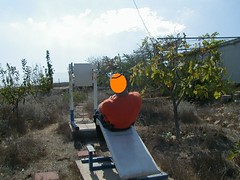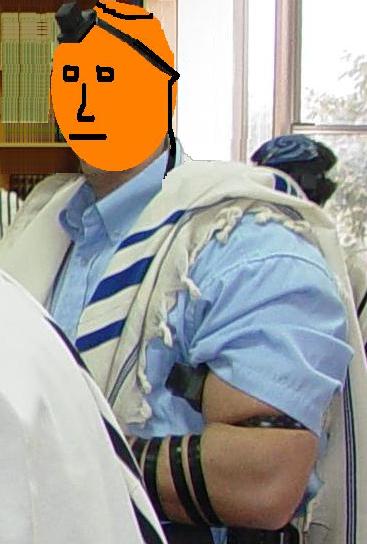Not far from the community we call home is the ancient capitol of Israel.
When the Ancient People of Israel divided into 2 kingdoms after the death of King Solomon, the Kingdom of Israel was established in the northern section of the Promised Land, in accordance with the lands allotted to the 10 tribes in that area. Shechem was the original capital, until Jeroboam moved it to Tirzah. Later, in approximately 880 B.C., Omri, the sixth king of Israel, established the capital at Samaria, a new town built on a hilltop about 7 miles (11 kilometers) northwest of Shechem. "Samaria" came to be used interchangeably for both the city, and the region.
Currently just a 1/2 mile from the nearest Jewish Settlement of Shavei Shomron, Sebastia is closed to Jews except on special occasions. Special IDF permission, a military escort, and an armored bus are needed to visit an area that can be reached in under a half hour's hike. We hike and ride offroad motorcycles, dune buggies, and jeeps all over the Shomron fairly regularly.
A view of Shavei Shomron from Sebastia:
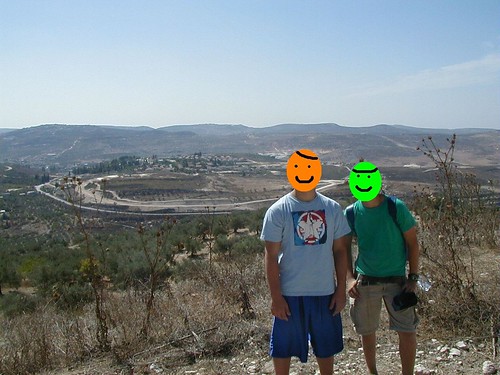
This time we decided to try the officially sanctioned tour.
On the third intermediate day of the festival of Sukkot we went for a visit.
A map of the site :

We took the armored bus. Not as cool as a motorcycle.
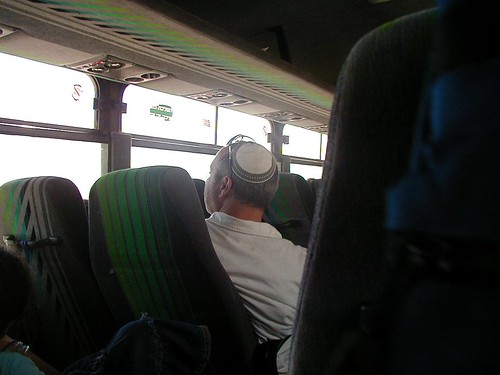
We got off the Bus at the main plaza- the Roman Forum.
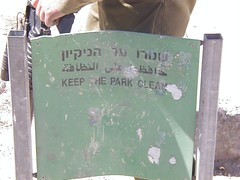
The plaza was huge, and almost completely empty. Just the tour group, made up of settlers from all over the country and our military escort, about 50 people in all.
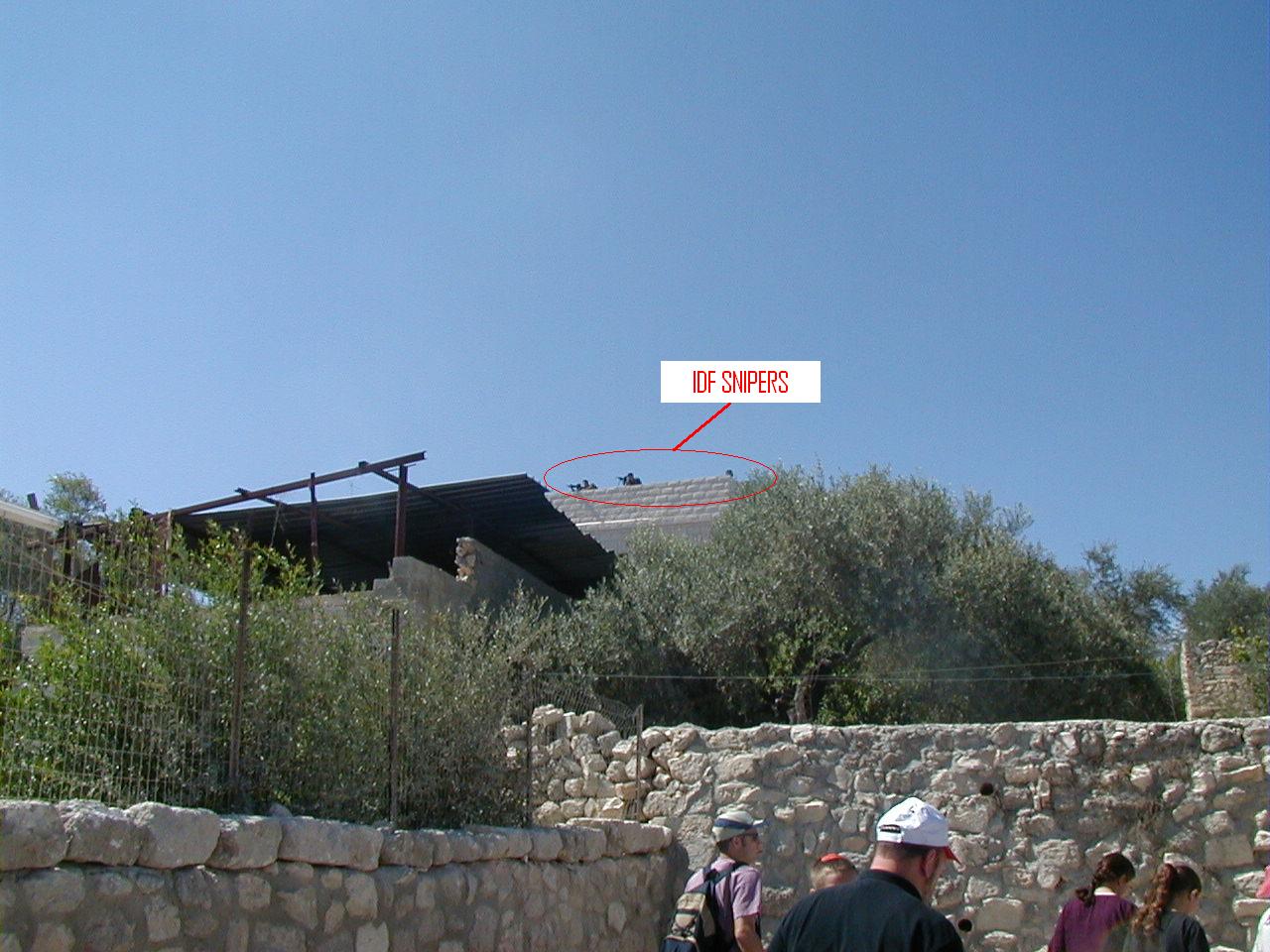
Roman columns:
_ 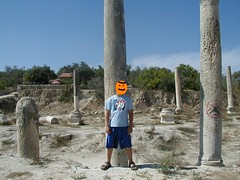
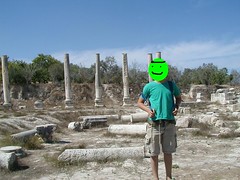
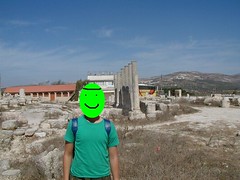
No archeological site would be complete without the requisite Arab faction graffiti-
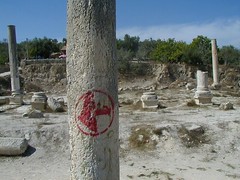
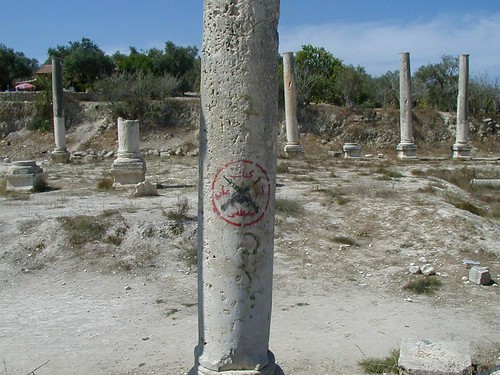
Our Escorts in the Roman Forum -
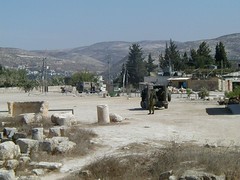
Following us up the mountain -
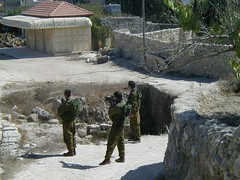
On the rooftops -
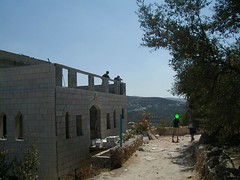
As we hiked to the top, we were once again awed by the beauty of the Land of Israel and at the same time saddened by knowledge that the idiots in the Knesset are planning to give it away.
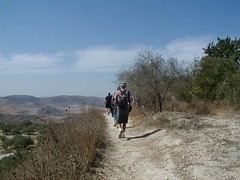
At the top of the mountain we saw the remains of the palace, the Ivory house and the pagan temple.
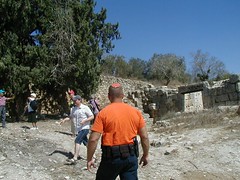
More graffiti -
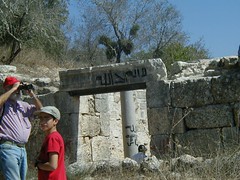
_ 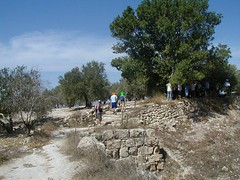
Always well protected-
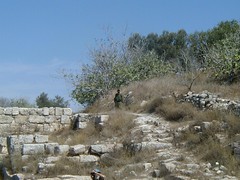
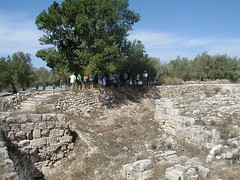
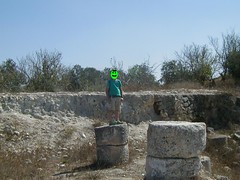
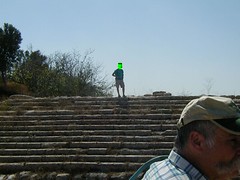
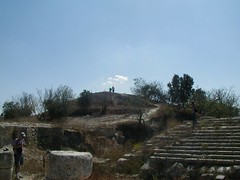
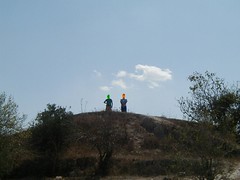
As we began our decent the view changed. We were now on the Northern side of the mountain.
The horizon was dominated by the destroyed settlement of Chomesh.
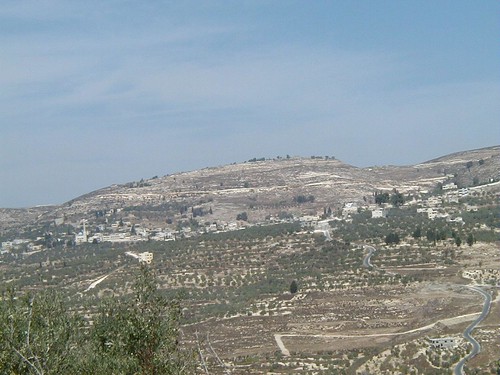
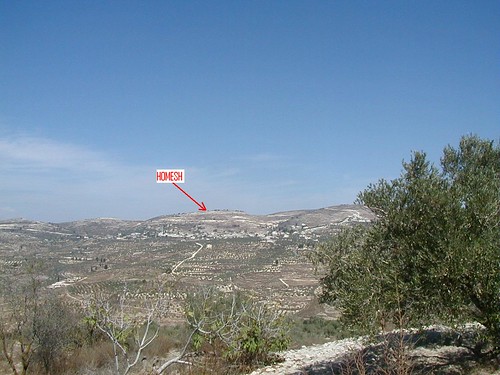

Sitting abandoned, clearly visible from every vantage point, crying out to us to travel just another 10 minutes north , to reclaim our Holy Land.
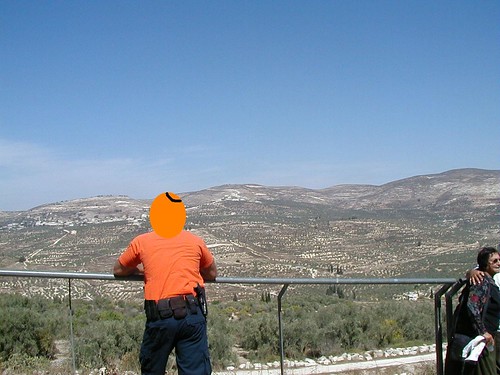
I stood for a while.
I asked myself the same question I ask everyday.
What else could I have done?
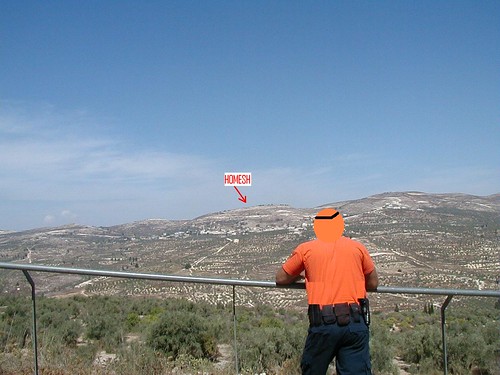
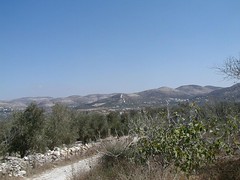
Our escort blending in with the scenery –
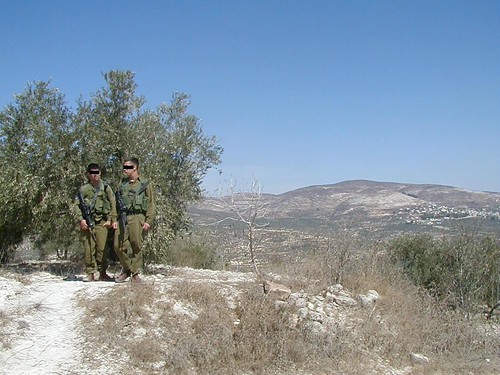
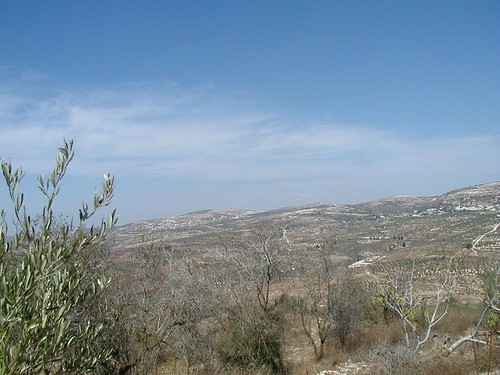
When we reached the bottom we saw the Roman stadium –
My son decided to start singing the theme from Rocky and ran up the stairs:
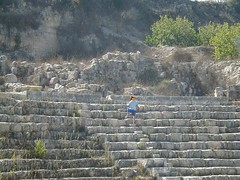
He was joined by his friend-
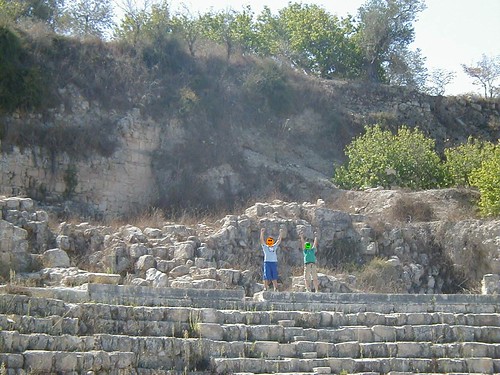


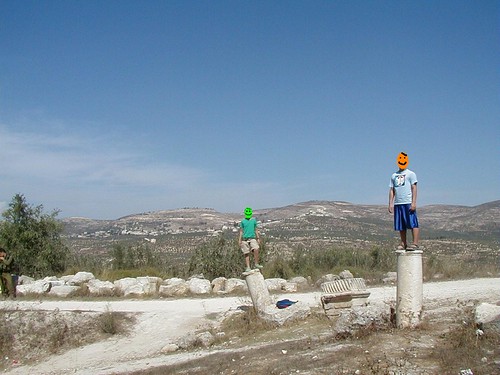

Amazing stone engravings-

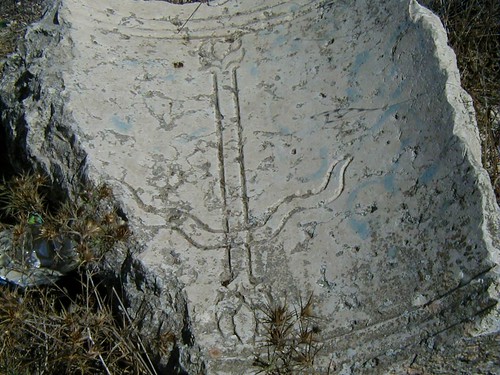
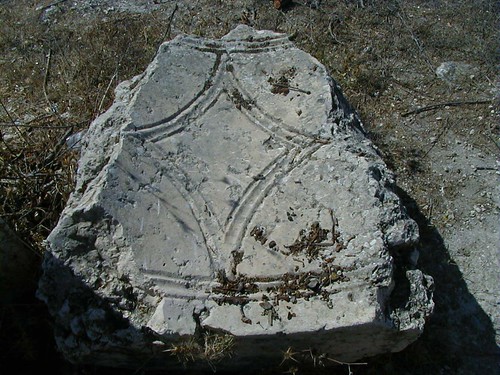
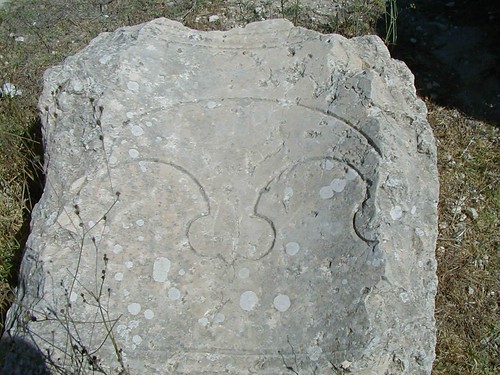
As we boarded the bus, I whispered a prayer that we would return soon, not just to the capitol city of Shomron, but to the entire Shomron region, and to the entire Land of Israel
A brief history:
"In the thirty and first year of Asa, king the Judah, began Omri to reign over Israel... and he bought the hill Samaria... and called the name of the city which he built, after the name of Shemer, owner of the hill Samaria".
(I Kings XVI; 23,24)..
Four ancient cities were destined to rise successively on this hill. The first was for 160 years (880-721 B.C.E.) the royal citadel and city of the kings of Israel. In this city reigned Ahab and Jezebel. Archaeology has brought to light the splendour of their court. In the lower city, as yet unexcavated, lived the people and traders.
In 721 B.C.E. "...the king of Assyria took Samaria, and carried Israel away into Assyria..." (II Kings XVII,6). Thereafter Samaria became the residence of the Assyrian, Persian and Hellenistic governors, who twice rebuilt the city.
With the destruction of Samaria in the Maccabean wars, Herod the Great, in about 25 B.C.E., built a new, magnificient city and called it Sebastia (Sebastos is the the Greak equivalent of Augustus) in honour of Augustus Caesar.
Other sites with pictures and information on Sebastia:
http://www.shechem.org/machon/sites/sebastia/samar.html
http://www.magniel.com/shomron/sebastia/arch.html
http://www.magniel.com/shomron/sebastia/links.html
